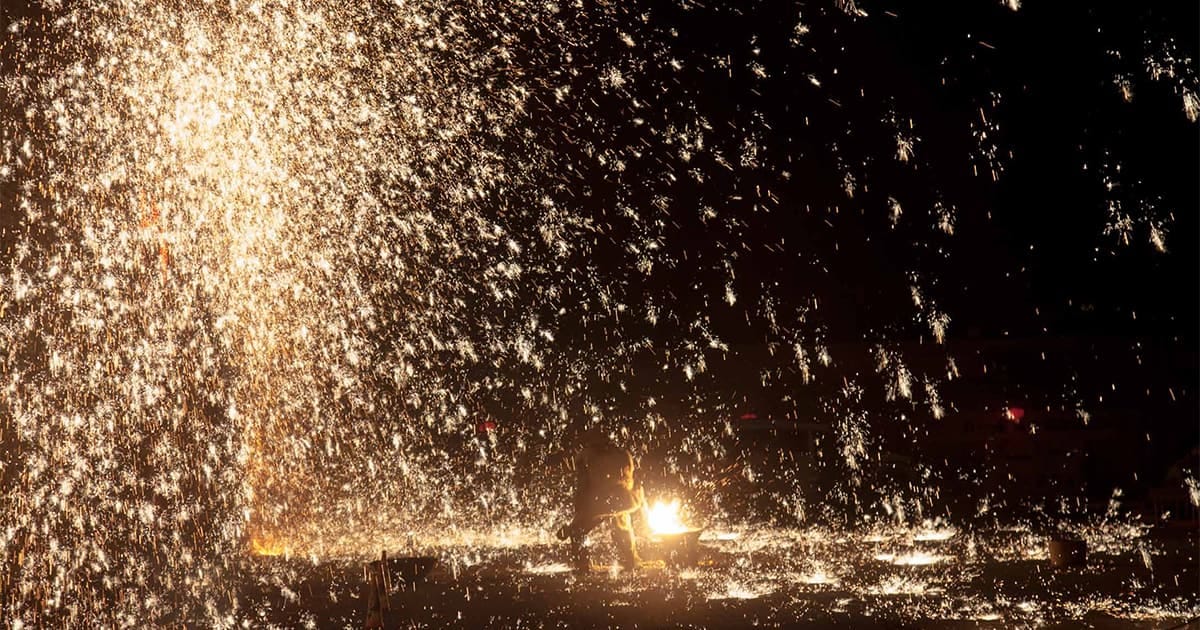Against speed
Epistemology and aesthetics of slow journalism as resistance to the culture of terminal urgency

The era of hyperinformation has not only transformed the modes of journalistic production, but also reshaped the ways in which news is perceived and consumed. Amidst the avalanche of breaking news, constant updates and real-time alerts, the movement known as slow journalism has emerged as a form of discursive, ethical and epistemological resistance. Directly inspired by the Slow Food movement , slow journalism proposes itself as an antidote to the logic of immediacy that permeates news cycles. As Peter Laufer observes, “we need to recognize the weaknesses of innovations such as the 24-hour news cycle and so-called citizen journalists” (2014, p. xi), pointing to the structural limitations of this hyper-fast system.
The idea behind slow journalism is to reconfigure the very idea of urgency in the information field, valuing long-term research, historical context and attentive listening. This is a critique not only of the timing of the news, but of the quality of the connection established between reporters and readers. Laufer reinforces this perspective by writing that “we simply do not need most of this standard, and what we do need, we can learn at the pace we set for ourselves” (2014, p. 7), shifting the protagonism of mediation to the critical news consumer himself.
The theoretical foundation of slow journalism is also anchored in sociological diagnoses about the acceleration of social time. Rosa (2013) points out that late modernity transforms time into a scarce commodity, promoting what he calls a “broken resonance” with the world. In the field of journalism, this translates into the devaluation of deep mediation and the rise of ephemeral content. Le Masurier describes the impact of this speed on contemporary newsrooms in a compelling manner:
“The pressure to produce news online in near real time has led to a loss of accuracy and verification [...] Stories rely heavily on pre-packaged news from PR material and wire services [...] Speed and the expectation of instantaneity [...] have led to imitation and a paradoxical lack of diversity in news journalism, even as the quantity of journalism has increased” (LE MASURIER, 2014, p. 139).
In light of this, slow journalism is a practice of resistance to narrative saturation and cognitive fragmentation. As a principle, it defends the public’s right to understanding, not to incessant information. For Laufer, slow journalism is not a denial of technology, but a renegotiation of the time and space of news. He writes: “This book is not an argument against the wonders of the technological revolution... Yet we need to recognize the fragilities of innovations like the 24-hour news cycle” (2014, p. xi), demonstrating a critique that is pragmatic rather than nostalgic.
From a pedagogical perspective, slow journalism requires a transformation in the ways of teaching and learning journalism. Listening, questioning and mediation become core competencies. Laufer proposes : “Make sure your news spaghetti includes meatballs (or tofu). This means avoiding the simplistic, the superficial and the chauvinistic” (2014, p. 14), a metaphor that accurately illustrates the need for density and substance in reporting. This critique aligns with the description made by Le Masurier, who highlights how slow journalism also proposes an editorial ethic based on transparency, collaboration and engagement with the reader:
“Slow journalism requires time for deeper reflection and/or investigation into an original subject [...] It is ethical in its treatment of subjects and producers. [...] The work is relevant to a specific community, with a tendency to focus on local stories. Slow journalism is not driven by scoops. It carries an ethos of commensality — the shared table —, implying a more communal and non-competitive approach.” (LE MASURIER, 2014, p. 142).
Slow journalism also finds a particularly fruitful application in the field of cultural journalism. Covering creative processes, symbolic transformations and peripheral narratives requires time, listening and continuity. Slow time here is the time of elaboration and meaning. Laufer alludes to the importance of returning to in-depth journalistic experiences: “I want to follow my own advice and return to Korea as a journalist practicing the Slow News doctrine” (2014, p. 6), revealing how time allows for more meaningful narratives than those provided by fast and choreographed coverage.
In political terms, slow journalism is also a counterpoint to the practices of manipulation and disinformation promoted by segments of the commercial media. For Laufer, this involves cultivating a fair and impartial press – not objective, but honest in its subjectivity. “There is no such thing as an objective report... But a subjective report can be, and should be, fair” (2014, p. 23). This perspective values pluralism without giving up the social responsibility of the journalist. And as Le Masurier emphasizes, what is at stake is a new sensitivity to the temporality of news itself:
“The proliferation of independent journalism that uses speed as a way of approaching production suggests that we are witnessing a new and critical alternative in the media landscape [...] a critical orientation to the effects of speed on the practice of journalism and an experimentation with slower, small-scale publications that address these effects” (LE MASURIER, 2014, p. 138–139).
Slow journalism, therefore, presents itself as a pedagogy of critical patience. Against manufactured urgency, the thought-out word. Against noise, listening. Against spectacle, the gesture of mediation. By proposing that the public “keep an eye out for corrections” (LAUFER, 2014, p. 24), the author reminds us that journalism, more than the art of narrating, is the art of taking responsibility. Slow journalism, therefore, is not a luxury. It is an ethical urgency in the face of the collapse of mediation in informational capitalism.
References
LAUFER, Peter. Slow news: a manifesto for the critical news consumer. Corvallis: Oregon State University Press, 2014.
LE MASURIER, Megan. What is Slow Journalism? Journalism Practice, vol. 9, no. 2, p. 138–152, 2014. DOI: https://doi.org/10.1080/17512786.2014.916471.
ROSA, Hartmut. Social Acceleration: A New Theory of Modernity . New York: Columbia University Press, 2013.





